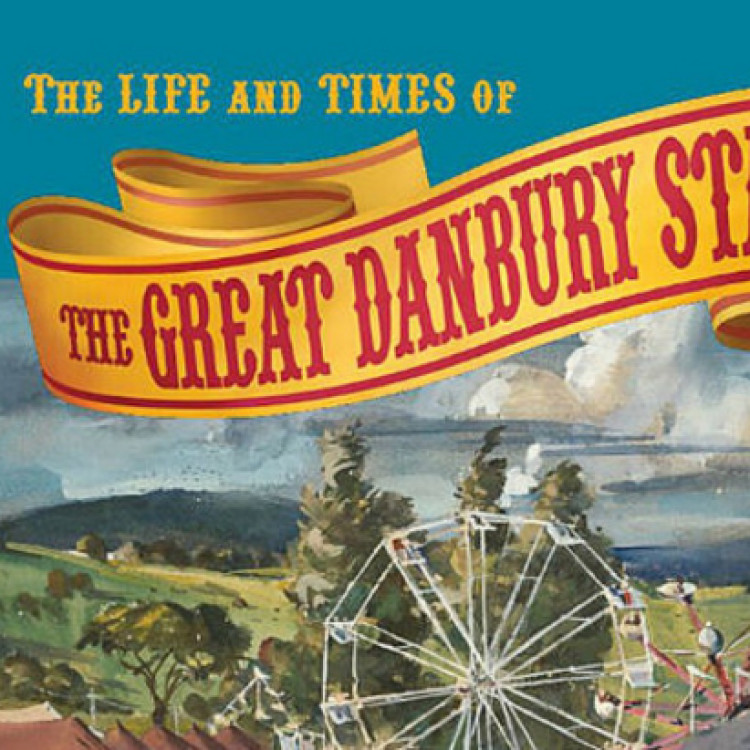d njdvjnsdvjnjvnsvdjnvsjdnvsbdj
Western Connecticut consists of a rich mixture of culture, history, sport, ingenuity and agriculture—and the Danbury Fair drank deeply from its roots. While it started as a place for farmers and horsemen to share their respective arts, it grew to become so much more.
The unique influence of John W. Leahy, the last owner and general manager of the Fair, saw the addition of extraordinary displays, stunning performances, musicals, thrill shows, rides and races, while still remaining true to its agricultural heritage.
Leahy’s veneration for P.T. Barnum and his desire to keep up with the changing times led him to enthusiastically try new things, some successfully and others not quite so.
You will be captivated by his story and that of the Fair, shared here in both words and pictures by those who knew him best.
Kirkus Reviews
A charming chronicle of an annual fair in Danbury, Connecticut, begun by the late Gladys Stetson Leahy and recently finished by her grandson.
In 1956, John Leahy, the owner and general manager of the Great Danbury State Fair, convinced his wife to write its history. The first few chapters of the result are more about the Leahys domestic life than the fair itself, but the author s gift for amusing anecdotes and telling details makes it eminently readable. Readers will be won over by the second page when she recounts her reaction to her husband s sudden insistence that she writes the book: This wasn't so bad. What if he had decided I ought to learn to play the clavichord? I have a friend whose husband, all unsolicited, brought home an Irish harp for her birthday. She begins with the history of agricultural fairs in general before settling into the origin of Danbury s in the late 19th century, and then she jumps to World War II, when wartime shortages forced its temporary closing. Her husband became the fair s majority stockholder and general manager during that hiatus and oversaw its resumption in 1946. Despite fires, racing accidents, and bad weather, the fair thrived throughout the period covered by the author, who ends her section in 1956, encouraging readers to attend the fair themselves. After she found that it was too expensive to have the book published, she put the manuscript away in her attic, where her grandson found it after her death. Stetson later added a section covering the years from 1956 to 1981, including the fair s demise, despite attempts by locals to save it. He s a less-engaging writer than his grandmother, but he still moves the history along briskly, providing a different point of view on John Leahy and on the fair that of a child who grew up amid its pageantry. He recounts travels with his step-grandfather to other fairs and conventions as far away as Calgary, Alberta, and his increasing involvement in running the fair as he grew. His grief at the sale of the fairgrounds to a company that later built a shopping mall will sadden readers as well.
A delight for anyone with an interest in agricultural fairs, the late 19th century, or rural Americana.
Gallery
(2/2)









